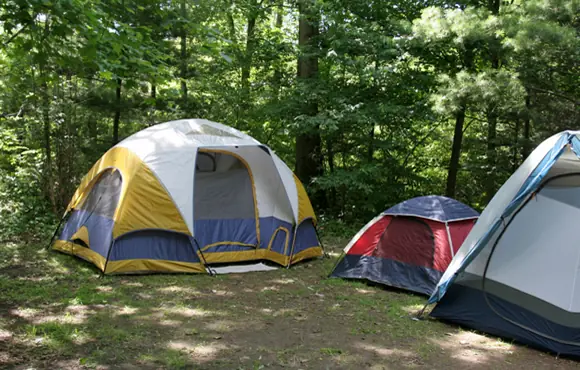Whether it’s bagging a big summit, skiing, or a mountain race, adequately preparing your body for the rigors of exercise at altitude is a vital component for success. The thinner, drier air (and therefore less oxygen) you encounter will likely decrease your cardiac output, cause your heart rate and respiratory rate to spike and make it harder to stay hydrated.
This is a much bigger issue for endurance athletes than for someone doing purely anaerobic exercise, but taking the time to acclimate can benefit anyone heading up to the mountains by helping prevent altitude sickness, dehydration and injury.
Follow these five tips to make acclimation a breeze.
1. Ramp Up Slowly
1 of 6
If you're sucking wind simply going up the stairs in your cabin, take heart—your body is adjusting at the molecular level. Your body is churning out more red blood cells, your kidneys are working overtime and the number of mitochondria and oxidative enzymes in your body are multiplying.
But what does this actually mean?
Well, it means you're going to feel kind of crappy for at least a few days. Scale back your aerobic workouts to help your body adjust.
The hard truth is that the human body takes weeks to fully acclimate to elevations over 7,000 feet, and since you likely don't have that much vacation saved up, plan on arriving to your destination several days in advance of a big race or summit if possible.
The more reasonable guideline for acclimation is between 48 and 72 hours, and while at 48 hours you'll still be performing at a slightly lower level, at that point you probably won't be able to feel it. And, if you're doing a race, most likely everyone else on the starting line is dealing with the same performance curve you are.
There are some schools of thought that if you can't properly acclimate, it's best to arrive to your destination the day of a big event in order to avoid feeling the altitude effects, but the evidence is only anecdotal.
Reserve a
camp site.2. Get Adequate Sleep
2 of 6
At altitude, some of your body's basic functions are operating with a very slight handicap. For example, your body develops less tolerance for lactic acid build up. This isn't much of an issue if you are heading up to the mountains to play board games, but if you are doing hard physical activity, you're likely going to have more lactic acid build up in your muscles and thus more fatigue and soreness.
Sleep is when your body works hard to repair muscles and flush out toxins, and if you're skimping on it not only will it make you even more fatigued, it will also make it harder for your body to adapt to elevation.
Reserve a
camp site.3. Drink Lots of Fluids
3 of 6
There's a reason you're obsessively applying lip balm on the ski lift—mountain air is incredibly dry. Your body loses water at a very high rate while at elevation, and dehydration can come on much faster.
Start drinking lots of water on the drive or flight to your destination, and then keep a bottle filled up and on your person at all times. If you feel a headache coming on as soon as you arrive, chances are your body is in need of fluid to compensate for the dry air.
Reserve a
camp site.4. Eat a High Carbohydrate, Low Salt Diet
4 of 6
If you find yourself craving some mac n' cheese while at base camp, your body is likely trying to tell you something (other than mac n' cheese is delicious). Studies have shown that a high carbohydrate, low salt diet can help people adapt to altitude and reduce their chances of altitude sickness. Try and get a little iron in your diet as well—you're making a lot of extra red blood cells and will need iron to help make hemoglobin.
Reserve a
camp site.5. Avoid Alcohol
5 of 6
While there's nothing quite better than knocking a few back after the tent is all set up, imbibe cautiously or pay the price. Alcohol actively disrupts many of the body functions already taxed at altitude, dehydrates you and can disrupt your sleep patterns. If you absolutely must have a drink, make sure to chase it down with plenty of water.
Reserve a
camp site.About the Author







Discuss This Article